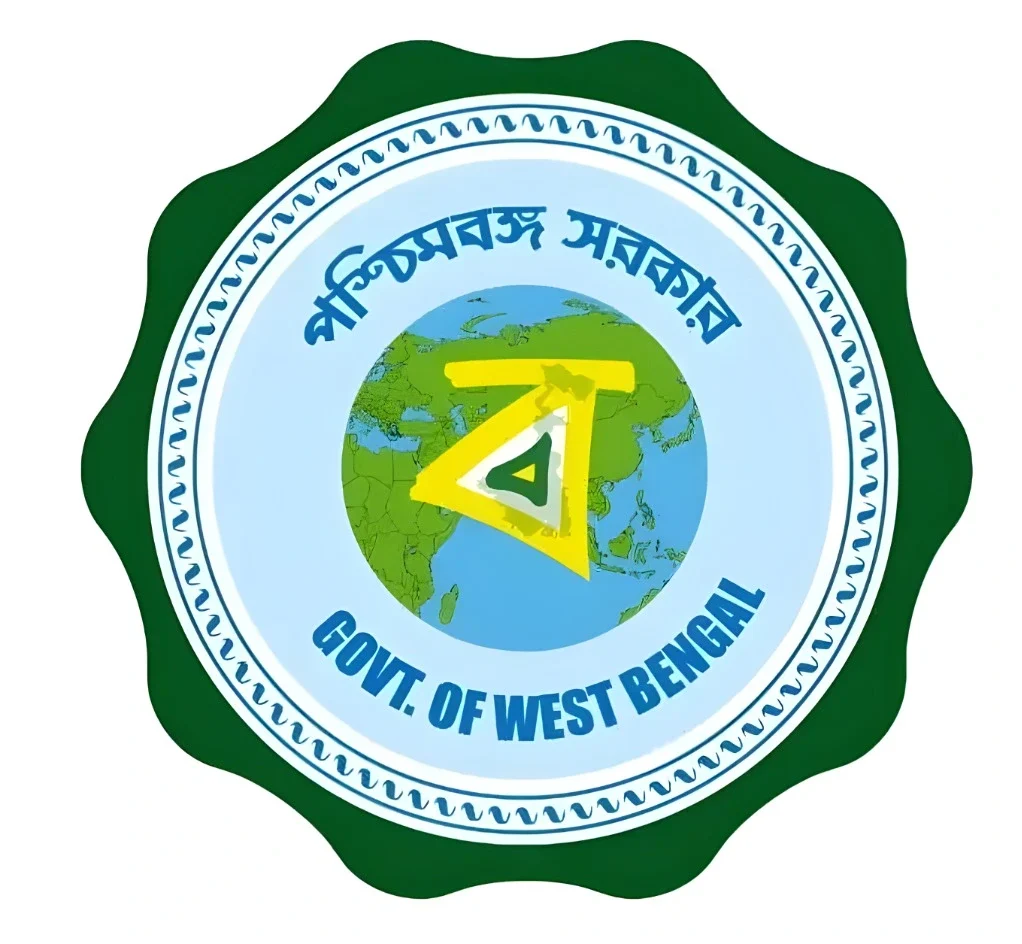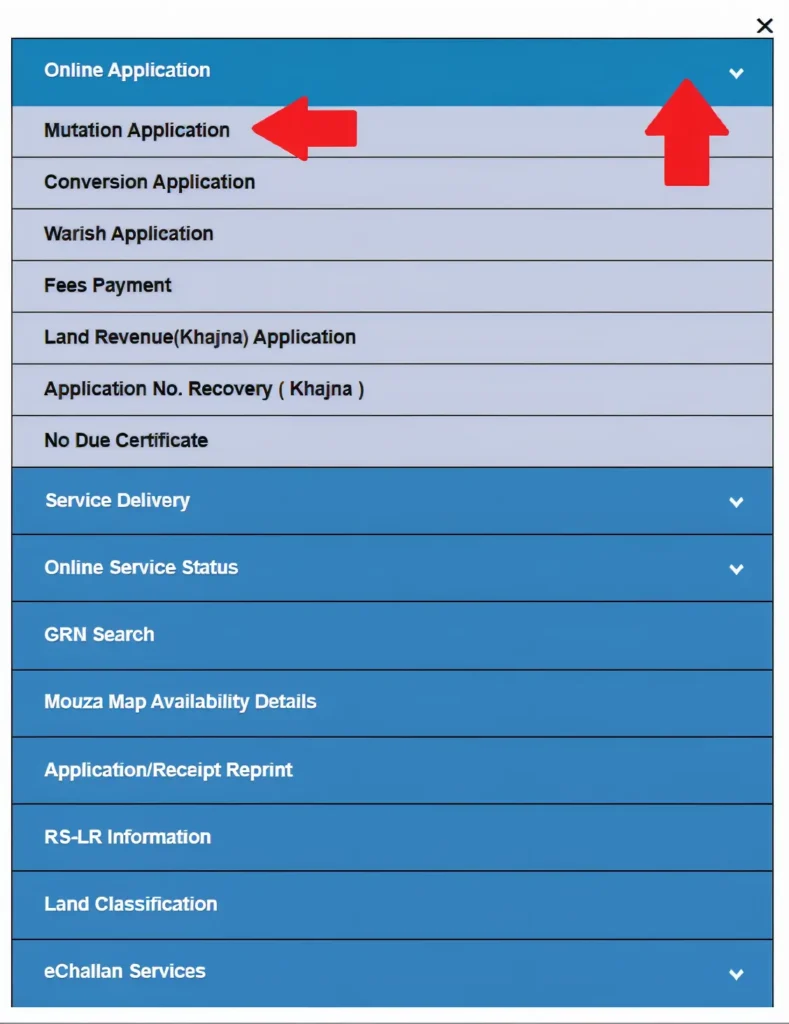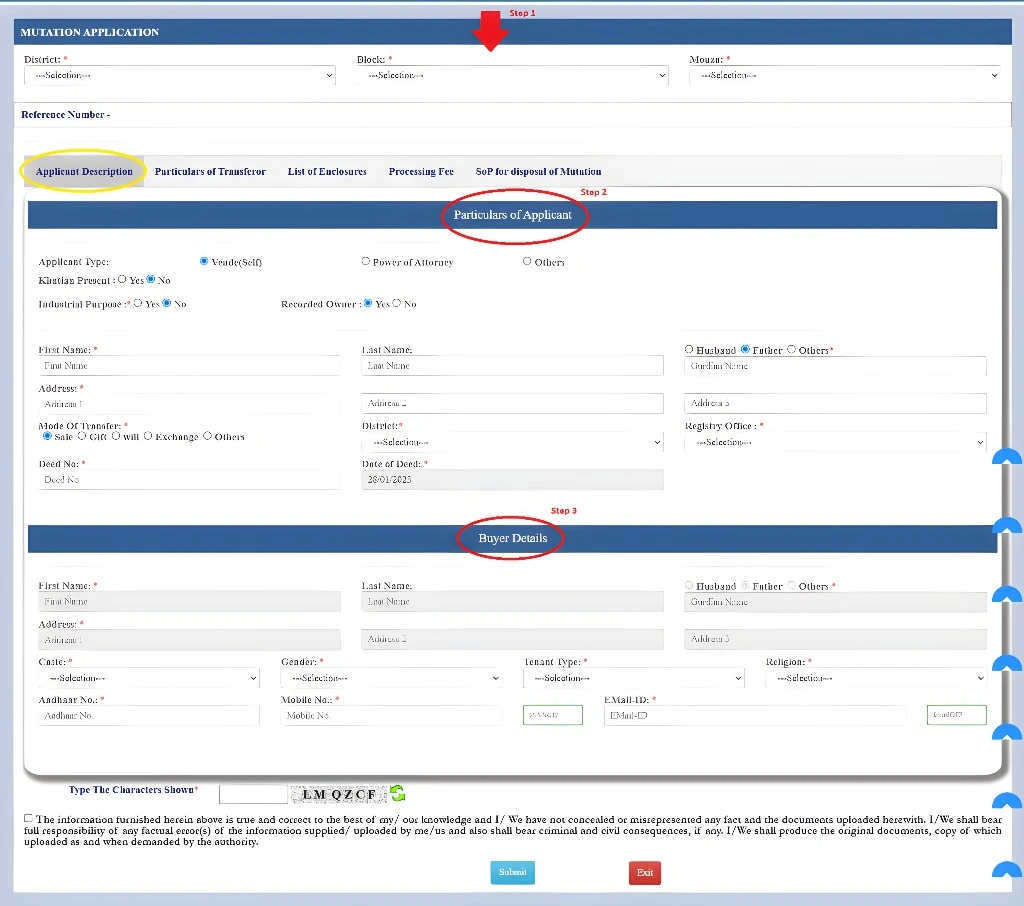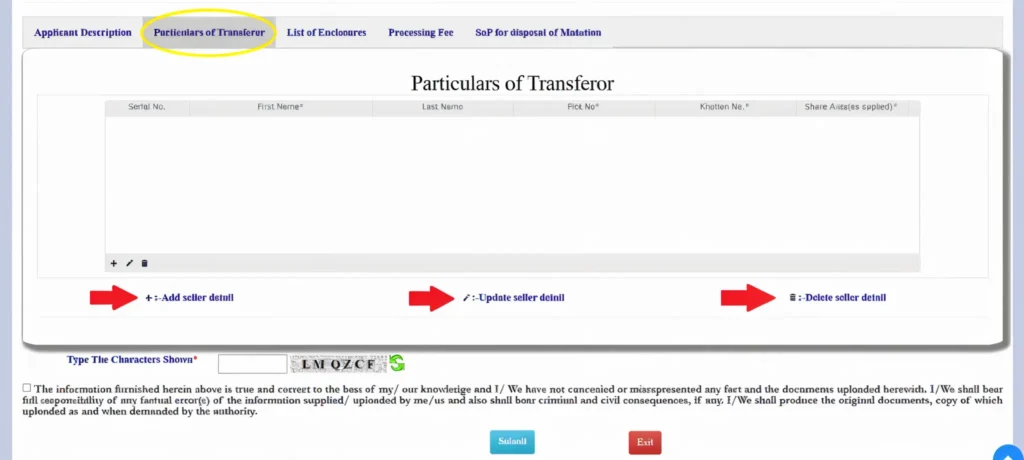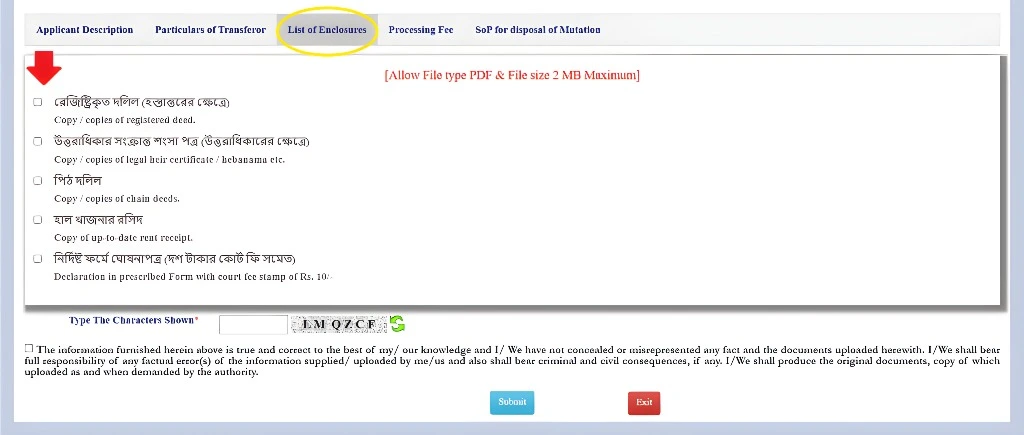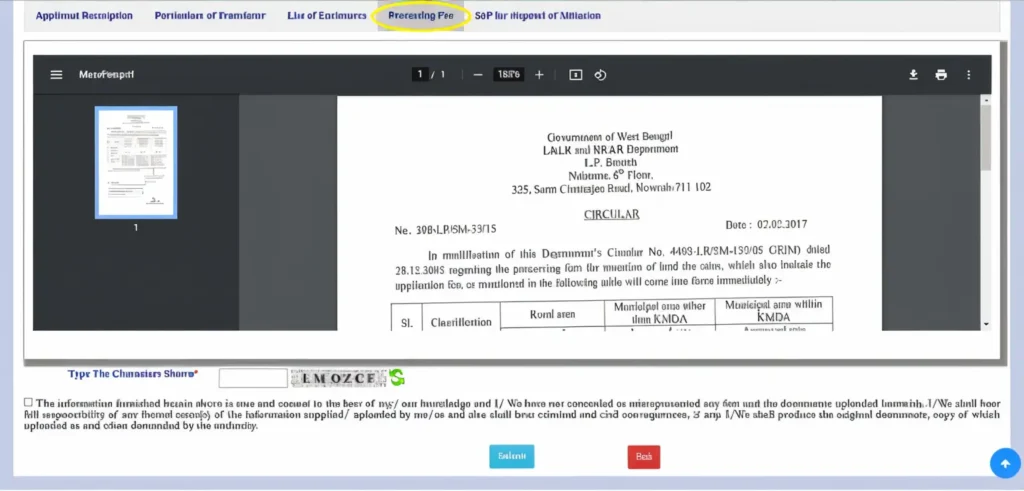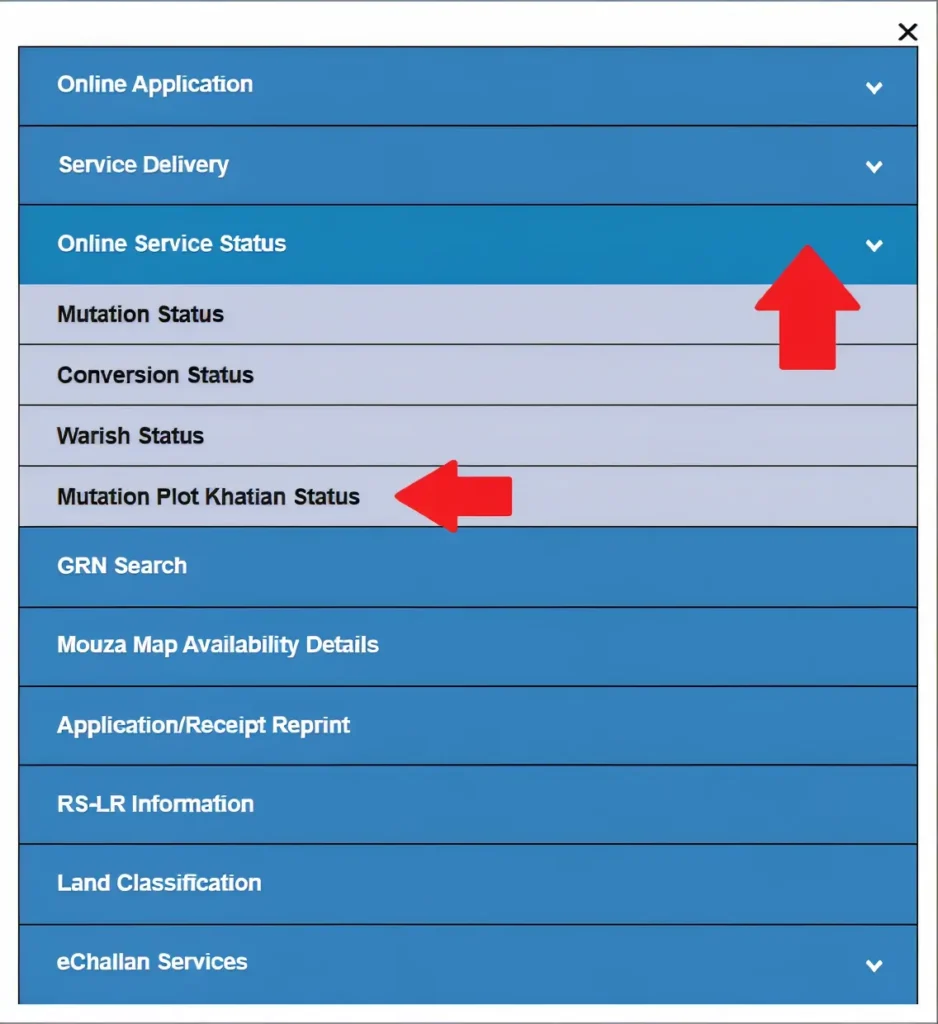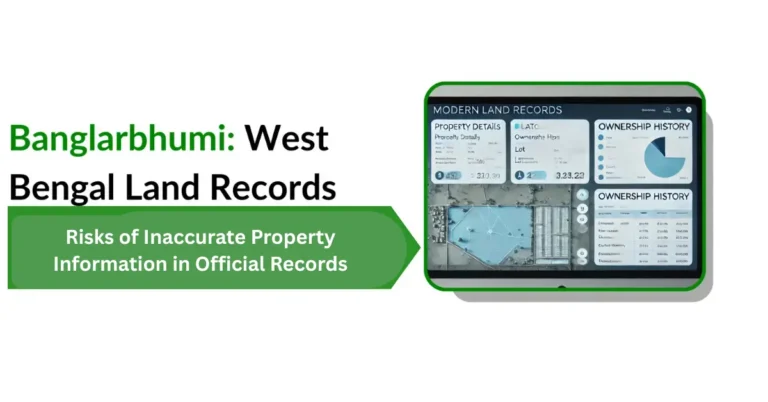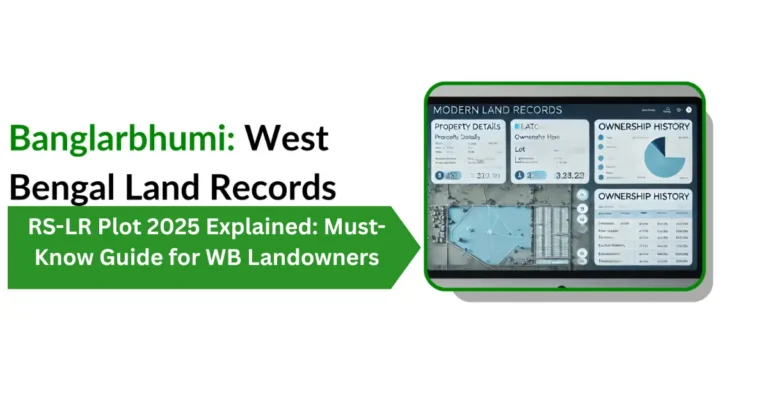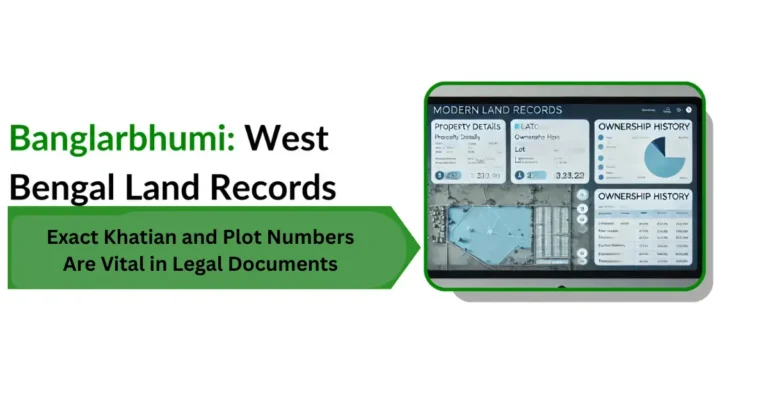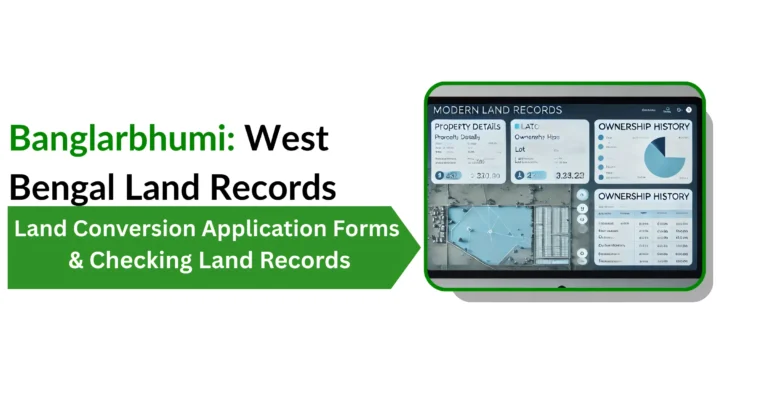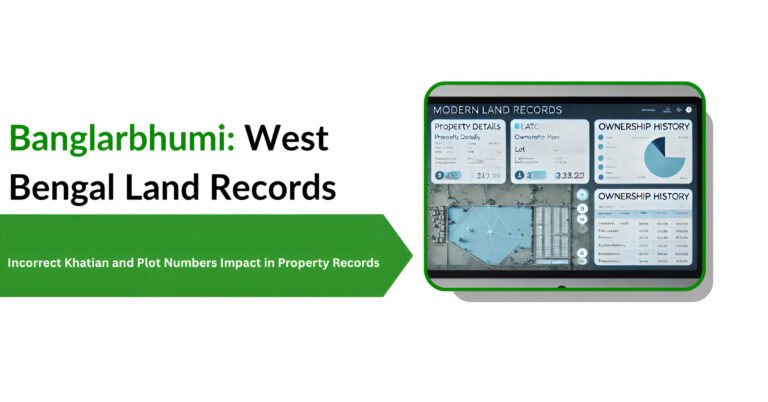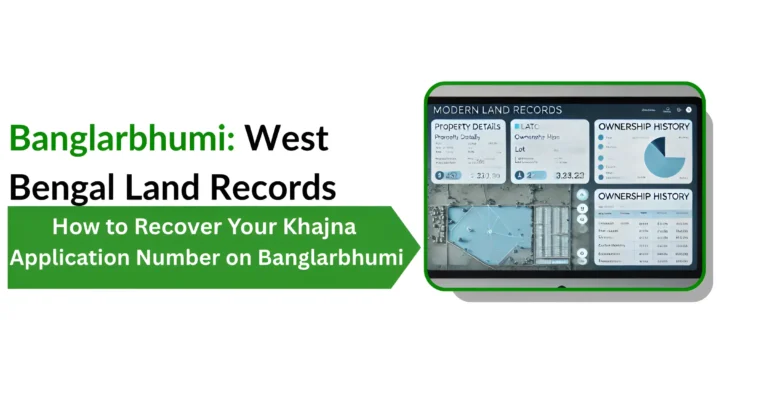Guide to Banglarbhumi Mutation Process and Tracking Status
Navigating the land mutation process in West Bengal can seem daunting, but understanding the procedure is crucial for ensuring your property transactions are legally recognized.
Mutation, which updates land records after a property change, is an essential step when buying, selling, inheriting, or transferring land. This article walks you through the Banglarbhumi mutation process, required documents, timelines, and how to track your mutation status efficiently.If you’re a property owner in West Bengal, this guide to Banglarbhumi mutation process and tracking status will simplify your journey.
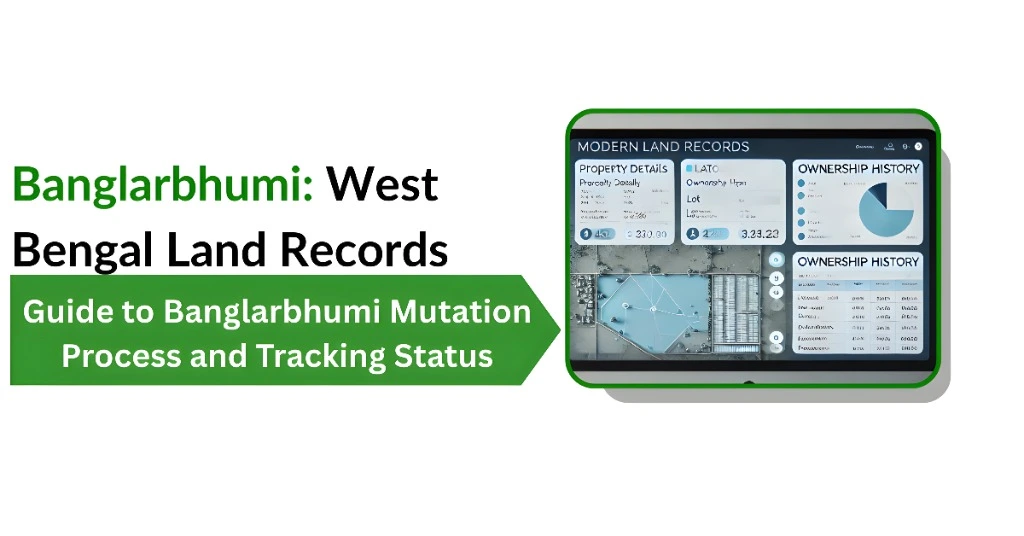
What is Land Mutation?
Land mutation refers to the official process of updating ownership records in government land records. Whenever land ownership changes—whether through sale, inheritance, gift, or transfer—the Banglarbhumi mutation process ensures that the new owner’s details are updated in the records. This step is critical for verifying legal ownership and is necessary for future property transactions.
Why is Mutation Important?
- Legal Ownership: It solidifies the new owner’s legal claim to the property.
- Property Tax: Mutation ensures the new owner is liable for property taxes.
- Future Transactions: Without mutation, any future transactions, such as selling or mortgaging the property, may face complications.
- Dispute Prevention: An updated land record helps prevent ownership disputes.
Documents Required for Mutation
To apply for mutation on Banglarbhumi, ensure you have the following documents ready:
Step-by-Step Guide to Apply for Mutation
Visit the Banglarbhumi Portal
Go to the official Banglarbhumi website: https://banglarbhumi.gov.in
Log in to your account or create a new one if you don’t have one.
Select Mutation Services
Navigate to the Mutation section in the dashboard.
Select the type of mutation (sale, inheritance, or gift).
Fill Out the Mutation Application Form
Enter your Khatian number, Plot number, and other details related to the property.
Provide the new owner’s details and the required documentation.
Upload Required Documents
Upload scanned copies of documents like the Sale Deed, Death Certificate, Identity Proof, etc.
Pay the Mutation Fee
A nominal fee is required for processing your mutation application. Payments can be made online via debit/credit cards or net banking.
Submit the Application
Once everything is filled out, review the application and submit it for processing.
Mutation Verification and Approval
After submission, your application will be verified by the local Land Revenue Office. Upon successful verification, the mutation will be approved.
Expected Timelines for the Mutation Process
The banglarbhumi mutation process usually takes 30-60 days. Here’s the typical timeline breakdown:
7-10 working days
10-15 working days
20-30 working days
Factors like the complexity of documents or the workload of authorities may influence these timelines.
How to Track Your Mutation Status
Tracking the status of your mutation application is simple through the Banglarbhumi portal. Here’s how to check:
Step 1: Visit the Banglarbhumi Portal
Go to the Banglarbhumi website and log in to your account.
Step 2: Access the ‘Mutation Status’ Section
Click on Citizen Services and then select Mutation Status.
Step 3: Enter the Required Details
Enter your Application Number, Khatian Number, and Plot Number to check the current status.
Step 4: View Status
Once you submit the details, the portal will show whether your application is approved, pending, or rejected.
Common Issues with the Mutation Process
While applying for mutation, there might be some challenge:
Tips for a Smooth Mutation Process
Accuracy of Documents: Ensure all documents are up-to-date and accurate before submission.
Regular Tracking: Check the status of your mutation regularly to stay informed about any required updates.
Be Proactive: If your application is delayed or rejected, address any issues promptly to avoid prolonged wait times.
FAQs
Final Thought
The mutation process on Banglarbhumi is an essential step in the land transfer process. By following the steps outlined in this guide and ensuring all documents are accurate, you can successfully navigate the process and update land records.
Whether you’re buying, selling, or inheriting property, keeping your mutation records updated is crucial for legal protection and future transactions.
If you encounter any issues, don’t hesitate to contact the local Land Revenue Office or seek assistance through the Banglarbhumi support team.
